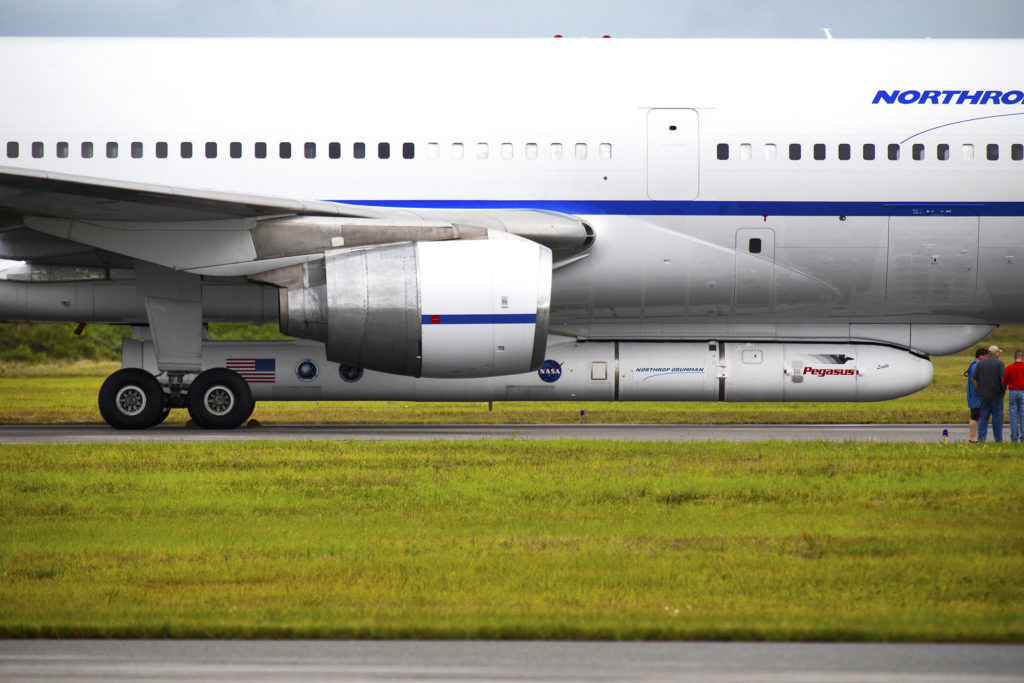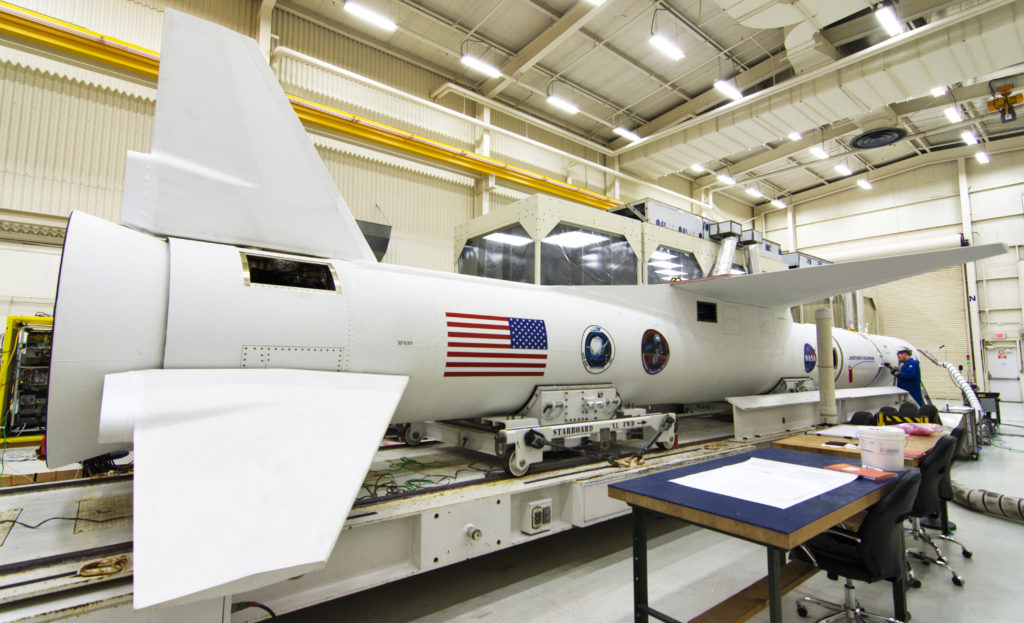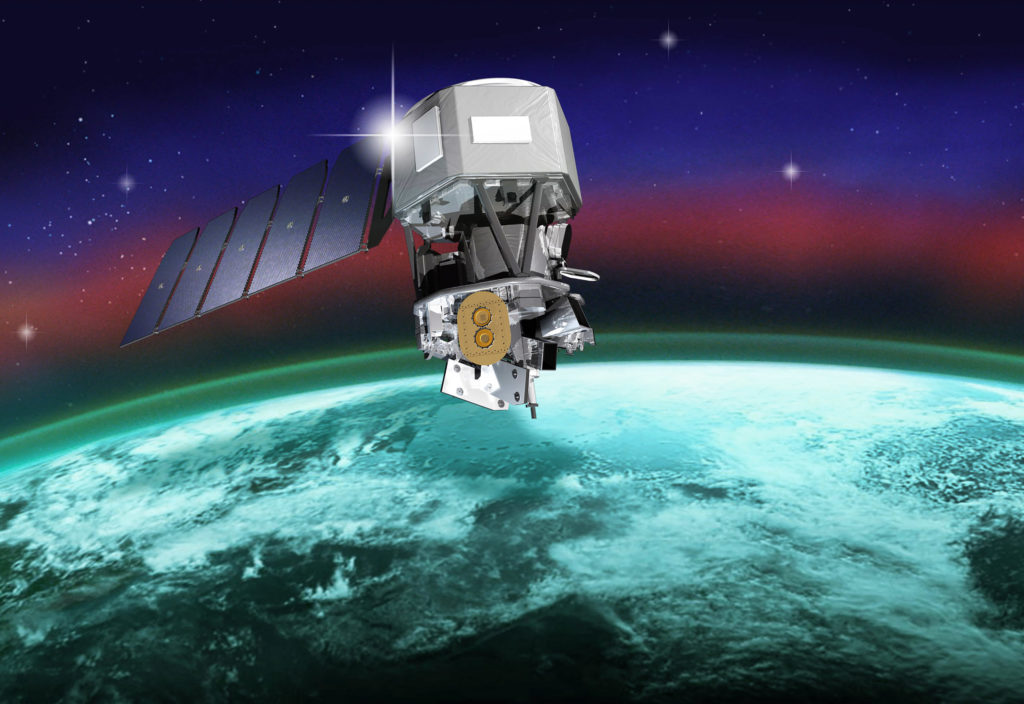![]() NASA and Northrop Grumman will hold a Launch Readiness Review early next week at NASA’s Kennedy Space Center in Florida to ensure preparations are continuing on track for the launch of the agency’s Ionospheric Connection Explorer, or ICON, satellite.
NASA and Northrop Grumman will hold a Launch Readiness Review early next week at NASA’s Kennedy Space Center in Florida to ensure preparations are continuing on track for the launch of the agency’s Ionospheric Connection Explorer, or ICON, satellite.
ICON will be launched by Northrop Grumman’s Pegasus XL rocket which will be carried aloft by the L-1011 Stargazer aircraft taking off from the Skid Strip at Cape Canaveral Air Force Station in Florida.
The ICON satellite mission is expected to launch no earlier than Wednesday, Nov. 7 with a 90-minute launch window opening at 3 a.m. EST. Release from the Stargazer is anticipated for 3:05 a.m. ICON is designed to study the dynamic zone high in the atmosphere where terrestrial weather from below meets space weather from above.
Follow the prelaunch coverage and the launch on NASA Television at:
https://www.nasa.gov/live
Tuesday, Nov. 6
3 p.m. – NASA EDGE webcast from Cape Canaveral Air Force Station will discuss ICON spacecraft operations, science and engineering, as well as launch processing of the Northrop Grumman L-1011 Stargazer with the Pegasus rocket.
Wednesday, Nov. 7
2:45 a.m. – Launch coverage begins at 2:45 a.m.
Learn more about NASA’s ICON mission at:
https://www.nasa.gov/icon



